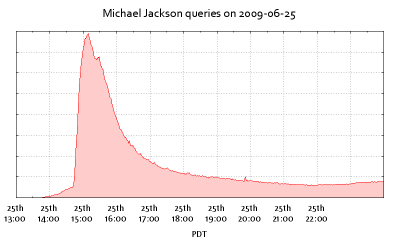Do You Follow?
Tuesday, August 24th, 2010(Classic film note: When considering the title of this post, please try to hear it in your head as, “D’ye folla?”, in the voice of the late Robert Shaw as his character from The Sting, Doyle Lonnegan, would say it. It has nothing much to do with this post, but I love that movie, and there’s something about using a simple phrase like that to mean, “Agree with me or I will have you killed” that resonates with me.)
The latest blog from ZDNet’s David Gewirtz informs us of yet another failure of Twitter recordkeeping. It seems that Gewirtz’s following list vanished, as has happened to most of us at one time or another. Sometimes it’s because of a direct hack against an individual account or group of accounts, a Twitter-wide attack, or just a database error. Sometimes the service collapses altogether. Every other month or so, something bad wrong happens with our precious Twitter, and the Internets go crazy.
Chaos! Horror! It’s the end of social media as we know it! Those were my initial snarky thoughts when I read the article. But the more I thought about it, the more I realized how true those thoughts were. I would absolutely freak out if all the people and organizations I followed became lost to me. If it happened to somebody who followed me, I’d be concerned as well—especially if it happened to several of them at once.
Twitter, for good or ill, has become our lifeline to what’s happening in the world beyond our immediate perception. It’s instant insight into Now, faster than the news and cheaper than a long-distance phone call. (No, I don’t use Skype.) It’s also a combination of soapbox and open-mic night for those of us who think our opinions matter. Businesses (at least the smart ones that know good advice when I offer it to them) use it as a free listening post for trends, brand crises, and potential new customers. Twitter is officially a Big Deal™.
We can live without Twitter quite easily. Someday we will live without it, because the technology or the format will be supplanted by something newer and probably better. But to have it suddenly cut off or limited it like losing one of the five senses.
I’m glad Gewirtz wrote about losing the list of people he follows. I probably would have gone in a much different direction if I’d just read an article about somebody’s followers all disappearing. Number of followers is a useful thing to know, but there are still people using the number in a “mine is bigger,” locker room braggart way, and that irks me. Having their follower number lopped off is something that should happen to a lot more people, to make them realize what’s important—communication, not collection.
 RSS Feed
RSS Feed